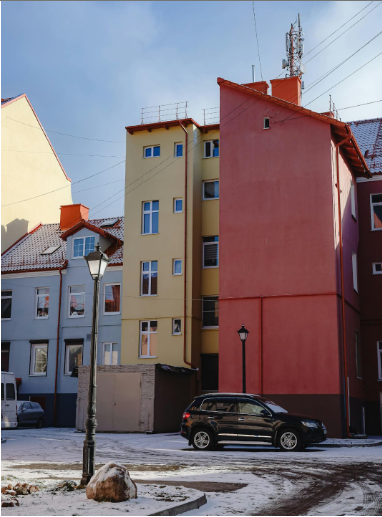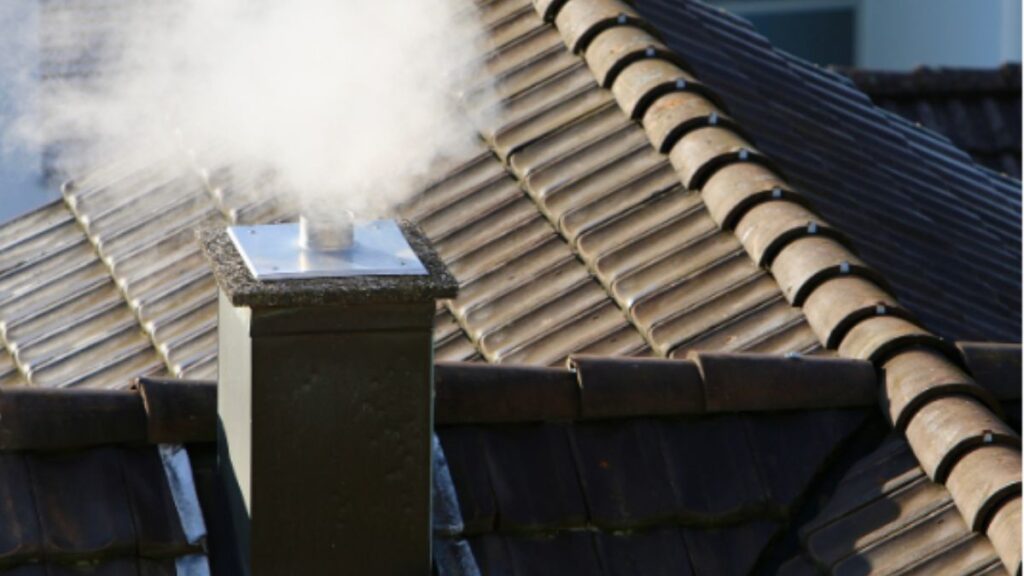Extreme weather conditions can significantly impact the lifespan of a roof, making regular maintenance and protection strategies crucial for homeowners. A roof serves as the first line of defense against the elements, and exposure to sun, rain, wind, snow, hail, and humidity can accelerate wear and tear. Over time, these environmental factors can weaken roofing materials, leading to leaks, structural damage, and costly repairs. Understanding how different weather conditions affect a roof allows homeowners to take proactive measures to extend its lifespan and ensure their home remains protected.
The Impact of Sun and Heat on Roof Longevity
Prolonged exposure to intense sunlight can cause roofing materials to degrade over time. Asphalt shingles, for instance, may lose their protective granules, leading to cracks and brittleness. UV radiation accelerates the aging process, making the material more vulnerable to leaks. High temperatures can also cause thermal expansion, which weakens the integrity of the roof structure. Proper ventilation and reflective coatings can help mitigate the damage caused by excessive heat.
Heavy Rain and Its Effects on Roofing Materials
Consistent rainfall, especially in areas prone to storms, can take a toll on roofing materials. Water penetration can lead to mold growth, wood rot, and the weakening of structural components. Poor drainage exacerbates these issues by allowing water to pool, increasing the risk of leaks. Regular inspections to identify loose shingles and clogged gutters can prevent long-term deterioration. A well-maintained roof ensures water flows away from the house efficiently, reducing the likelihood of moisture-related damage.
The Role of Snow and Ice in Roof Wear
Cold climates pose unique challenges for roofing systems. Snow accumulation adds excessive weight, which can strain the underlying structure. Ice dams form when heat escapes from the attic, causing snow to melt and refreeze at the eaves, leading to trapped water that can seep beneath the shingles. This process weakens the roof and increases the chance of leaks. Proper insulation and ventilation in the attic help maintain a consistent temperature, preventing ice dams from forming and reducing the stress on roofing materials.
High Winds and Storm Damage
Strong winds can lift and remove shingles, leaving the roof exposed to further deterioration. Wind-driven debris, such as tree branches and airborne objects, may cause punctures or breakage. In hurricane-prone regions, roofs require extra reinforcement to withstand these forces. Installing impact-resistant shingles and securing flashing and gutters can help prevent damage from high winds. Routine inspections after storms ensure any minor damage is addressed before it becomes a major issue.
The Importance of Regular Roof Maintenance
Routine inspections and timely repairs are essential in maintaining a durable and long-lasting roof. Checking for missing shingles, damaged flashing, and signs of water infiltration can prevent minor issues from escalating into costly repairs. As explained by expert roofers on their website, engaging a trusted roofing company ensures that inspections and repairs are handled professionally, reducing the risk of structural problems. Preventative maintenance not only extends the lifespan of a roof but also protects the home from extensive weather-related damage.
The Effect of Humidity on Roof Durability
Consistently high humidity levels create a breeding ground for mold, algae, and moss, which can weaken roofing materials. Wooden components, in particular, absorb moisture, leading to expansion and eventual decay. Black streaks on shingles indicate algae growth, which, if left untreated, compromises the integrity of the roof. Regular cleaning and treatments help prevent these organisms from causing long-term damage. Proper attic ventilation also plays a role in reducing humidity-related issues.

Hail and Its Destructive Potential
Hailstorms can cause substantial damage, particularly to asphalt shingles, metal roofing, and clay tiles. Large hailstones can crack or dent roofing mateLongevityrials, making them susceptible to leaks. Even small hail can gradually wear down protective coatings. A professional assessment after a hailstorm helps determine if repairs or replacements are necessary. Reinforced shingles and impact-resistant materials provide an extra layer of protection against future hail damage. Regular roof inspections and timely maintenance ensure that minor damage does not escalate into significant structural issues. Homeowners who invest in durable, impact-resistant roofing materials can reduce the frequency of repairs and increase their roof’s longevity. Taking precautions before hail season, such as securing loose shingles and reinforcing weak areas, helps minimize potential damage.
Severe weather conditions remain one of the biggest threats to a roof’s longevity, making proactive maintenance and strategic upgrades a necessity. By understanding how different elements impact roofing materials and taking preventive measures, homeowners can protect their investment and extend the lifespan of their roofs. A well-maintained roofing system not only enhances a home’s structural integrity but also contributes to its overall value. Regular inspections, durable materials, and professional support help ensure that a roof remains resilient against the elements for years to come. Prioritizing roof care ultimately leads to long-term savings and a safer living environment.







